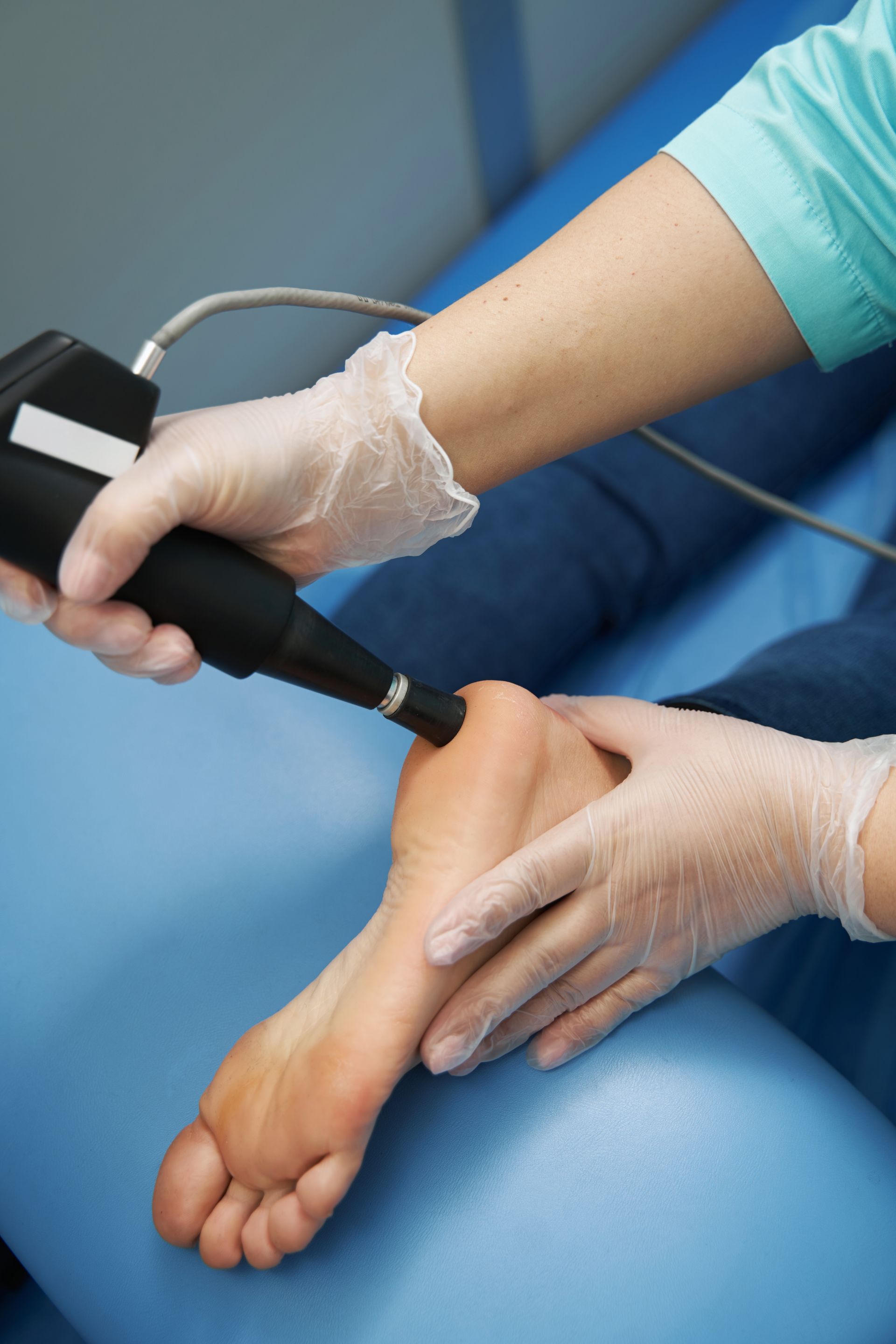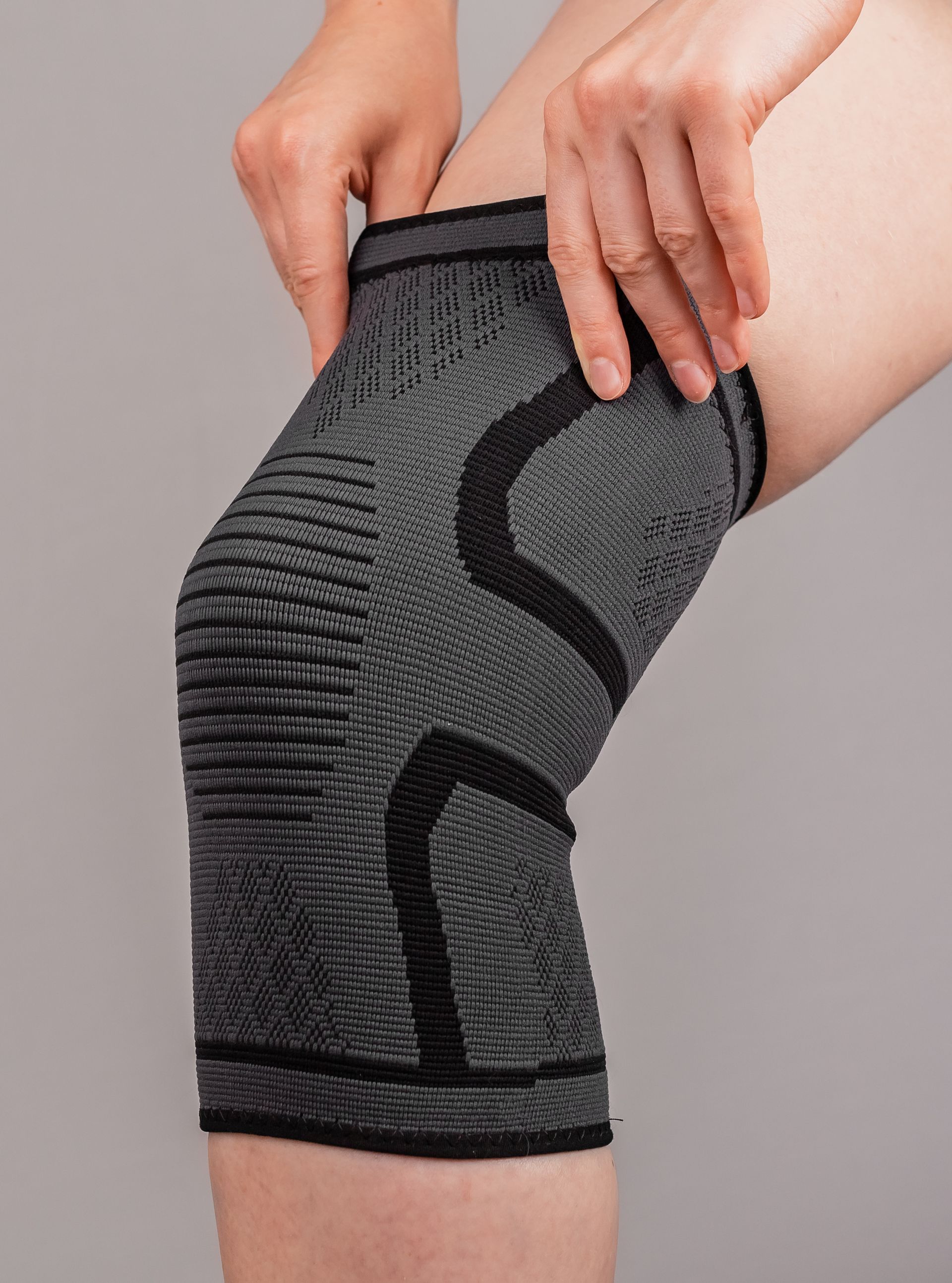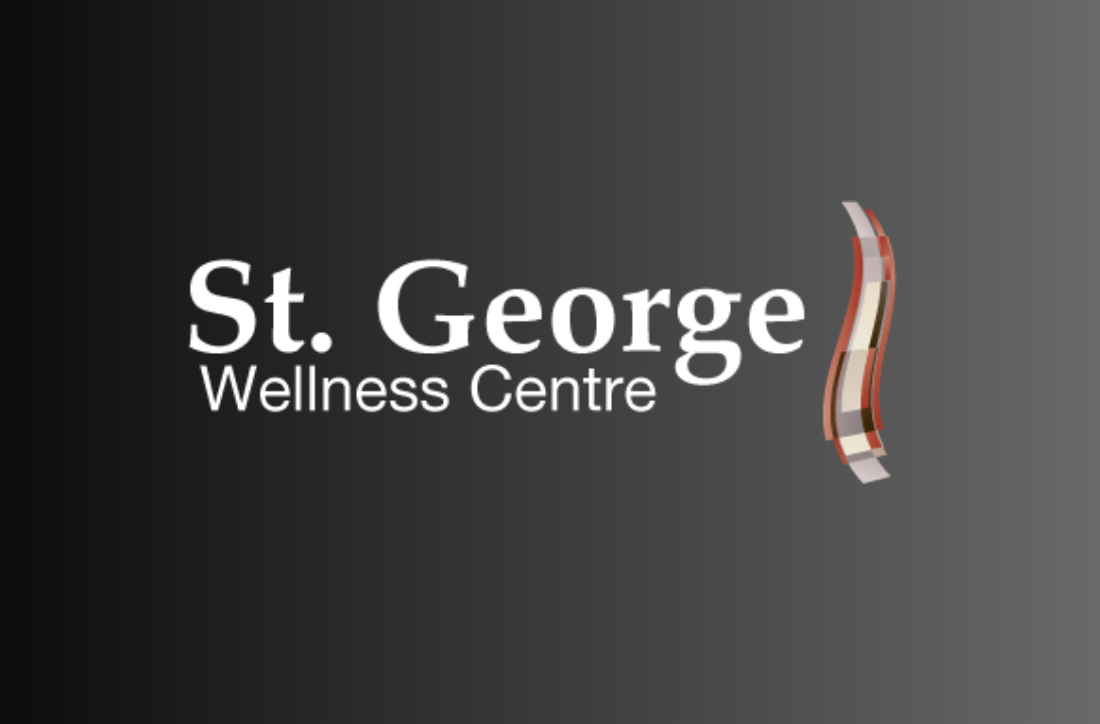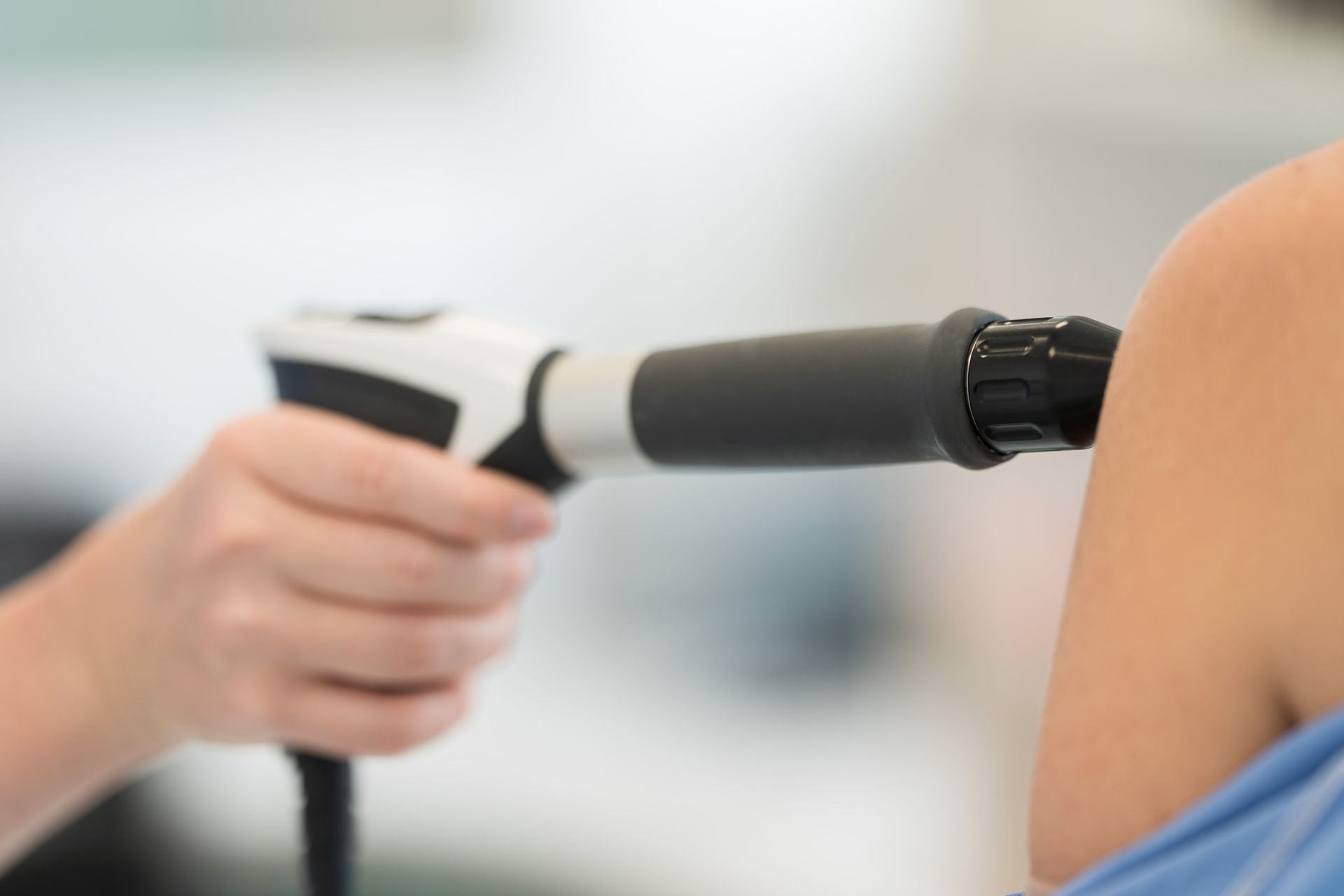Enhanced Healing With Shock Therapy
Shockwave therapy is an innovative and non-invasive treatment method that has revolutionized the field of pain management and rehabilitation. By utilizing acoustic waves, this therapy stimulates the body's natural healing processes, targeting areas affected by chronic pain, musculoskeletal conditions, and sports injuries.
With its ability to promote tissue regeneration, increase blood circulation, and reduce inflammation, shockwave therapy offers a promising alternative to traditional treatments. This introductory therapy harnesses the power of technology to provide effective pain relief, improve mobility, and enhance overall well-being. Discover the potential of shockwave therapy and take a step towards a pain-free life.
Redefine Healing With Shock Therapy
Shockwave Therapy is a non-invasive treatment method that involves delivering a series of low-energy acoustic wave pulses directly to an injury site through the skin using a gel medium.
The concept and technique originated from the discovery that focused sound waves could break down kidneys and gallstones. Through computer-generated shockwaves, scientific studies have demonstrated the effectiveness of this therapy for various chronic conditions.
Shockwave therapy can be utilized as a standalone treatment for chronic injuries or pain resulting from diseases.
It eliminates the need for painkillers as its primary objective is to stimulate the body's natural healing response. Many individuals have reported a reduction in pain and improved mobility after just one session.
This innovative therapy harnesses the body's own healing capabilities, providing a non-invasive alternative for those seeking relief from chronic conditions or injuries.
The Science Behind Shockwave Therapy
Shockwave therapy, also known as extracorporeal shock wave therapy (ESWT), is gaining popularity as a physiotherapy method. It is particularly effective in treating various musculoskeletal conditions, primarily those involving connective tissues like ligaments and tendons. Unlike its medical applications, shockwave therapy utilizes significantly lower energy levels.
For physiotherapists, shockwave therapy provides an additional treatment option for chronic tendinopathy that may not respond to conventional methods. Conditions such as tennis elbow,
Achilles tendinopathy, rotator cuff tendinopathy, plantar fasciitis, jumpers knee, and calcific tendinitis of the shoulder can benefit from this therapy, often caused by sports, overuse, or repeated strain.
During your initial appointment, a thorough examination will determine if you are a suitable candidate for shockwave therapy. Your physiotherapist will educate you about your condition and provide guidance on complementary measures such as activity adjustment, specialized exercises, and identifying other contributing factors like posture or muscle tightness/weakness.
Shockwave therapy is typically administered once a week for
3-6 weeks, depending on the progress observed. While the therapy itself may cause some discomfort, it lasts only around
4-5 minutes and the intensity can be adjusted to ensure a comfortable experience.
FAQs
Ready to Experience Shockwave Therapy?
Don't let chronic pain hold you back any longer. Take a step towards a pain-free life and discover the transformative benefits of shockwave therapy. Whether you're struggling with plantar fasciitis, tennis elbow, or any other musculoskeletal condition, our state-of-the-art shockwave therapy can help.
Say goodbye to limitations and hello to improved mobility and enhanced well-being. Contact us now to schedule your consultation and unlock the healing potential of shockwave therapy.












